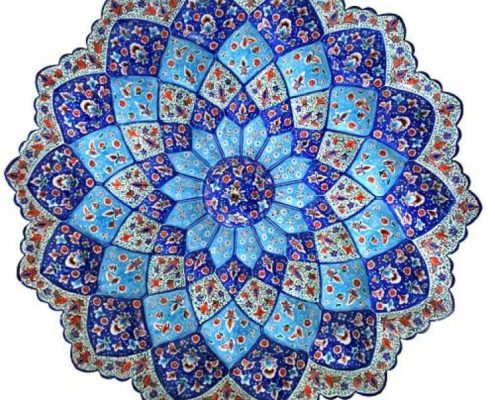
Minakari or Enameling, the glorious Iranian Art
/
0 Comments
Minakari or Enameling is one of the most glorious Iranian handicrafts.…
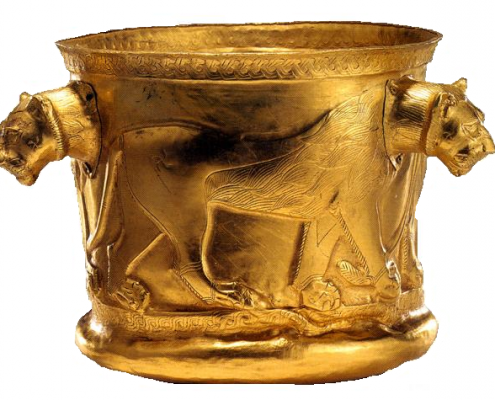 https://irandoostan.com/dostcont/uploads/2017/07/Iranian-Metalwork-Marlik.png
475
640
Iran Travel
https://irandoostan.com/dostcont/uploads/2025/05/Irandoostan-logo.webp
Iran Travel2017-07-30 11:00:402025-04-13 15:04:23Iranian Metalwork Is Splendid Souvenir for Travelers to Iran
https://irandoostan.com/dostcont/uploads/2017/07/Iranian-Metalwork-Marlik.png
475
640
Iran Travel
https://irandoostan.com/dostcont/uploads/2025/05/Irandoostan-logo.webp
Iran Travel2017-07-30 11:00:402025-04-13 15:04:23Iranian Metalwork Is Splendid Souvenir for Travelers to Iran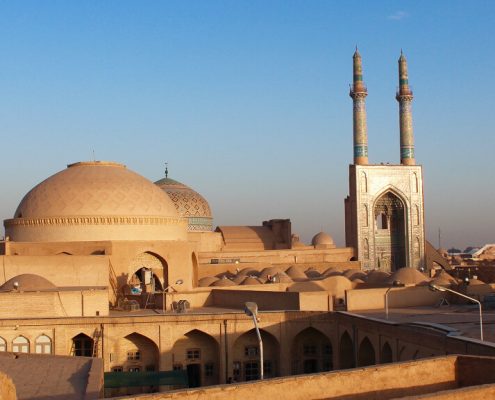 https://irandoostan.com/dostcont/uploads/2017/07/Yazd-Iran-Travel-4.jpg
576
1400
Farima Fehrest
https://irandoostan.com/dostcont/uploads/2025/05/Irandoostan-logo.webp
Farima Fehrest2017-07-26 09:13:522025-04-13 15:04:30Yazd, the City of Wind Catchers: History, Attractions, Photos
https://irandoostan.com/dostcont/uploads/2017/07/Yazd-Iran-Travel-4.jpg
576
1400
Farima Fehrest
https://irandoostan.com/dostcont/uploads/2025/05/Irandoostan-logo.webp
Farima Fehrest2017-07-26 09:13:522025-04-13 15:04:30Yazd, the City of Wind Catchers: History, Attractions, Photos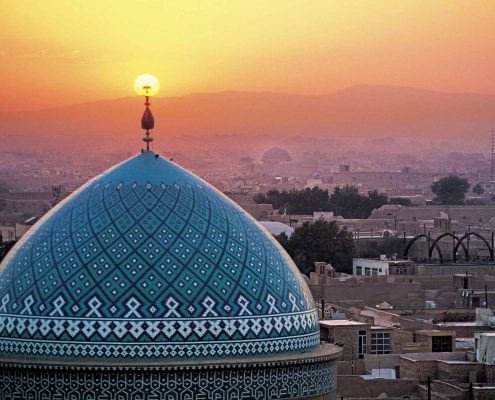 https://irandoostan.com/dostcont/uploads/2017/07/Yazd-Iran-e1517034685942.jpg
375
600
Farima Fehrest
https://irandoostan.com/dostcont/uploads/2025/05/Irandoostan-logo.webp
Farima Fehrest2017-07-09 16:18:232024-01-07 09:39:15Yazd Inscribed on UNESCO World Heritage List
https://irandoostan.com/dostcont/uploads/2017/07/Yazd-Iran-e1517034685942.jpg
375
600
Farima Fehrest
https://irandoostan.com/dostcont/uploads/2025/05/Irandoostan-logo.webp
Farima Fehrest2017-07-09 16:18:232024-01-07 09:39:15Yazd Inscribed on UNESCO World Heritage List
Shazdeh Garden, Iran (Photos, Water source, Info)
Shazdeh Garden, this green oasis, lies deep in the heart of the…

Persian Carpet History & Types: All You Need To Know
Iran has a universal reputation in carpet weaving. Persian carpet…
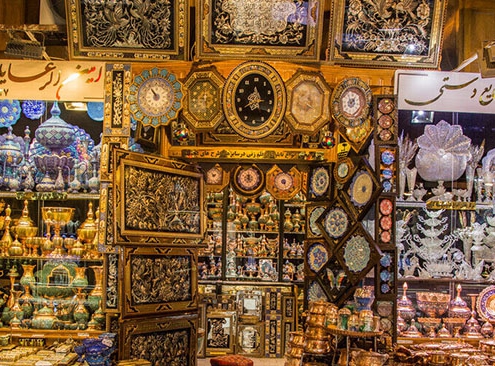
Persian Handicrafts, the Best Souvenirs of Iran
Since Iran is one of the oldest civilizations in the world and…
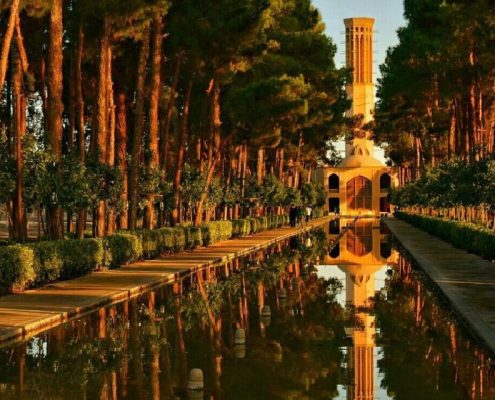
Dowlatabad Garden, the Architectural Jewel of Yazd
Dowlatabad Garden, the architectural jewel of Yazd, is inscribed…


